Dark matter
Introduction
Dark matter is a form of matter that is thought to account for approximately 85% of the matter in the universe and about a quarter of its total mass–energy density or about 2.241 x 10^-27 kg/m^3. Its presence is implied in a variety of astrophysical observations, including gravitational effects that cannot be explained by accepted theories of gravity unless more matter is present than can be seen.
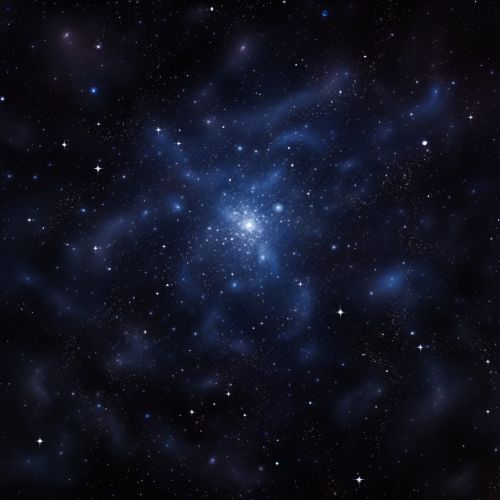
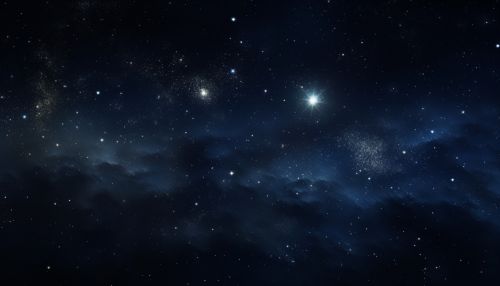
History
The concept of dark matter has an extensive history, dating back to the 19th century when astronomers such as Jan Oort and Fritz Zwicky first inferred its existence based on the motion of visible celestial bodies. The term "dark matter" was first coined by Zwicky in 1933, who observed the Coma cluster and noted that the visible mass of the galaxies was insufficient to account for the observed velocities.
Evidence for Dark Matter
The existence of dark matter is currently a matter of ongoing scientific investigation. There are several pieces of observational evidence that suggest its existence. These include:
Galactic Rotation Curves
Observations of the rotation curves of galaxies provide some of the most direct and compelling evidence for the existence of dark matter. These curves plot the observed velocities of stars or gas in a galaxy as a function of their radial distance from that galaxy's center. According to Newton's law, the velocity of the stars should decrease with distance from the center, but observations show that the velocity remains constant or even increases, suggesting the presence of unseen mass.
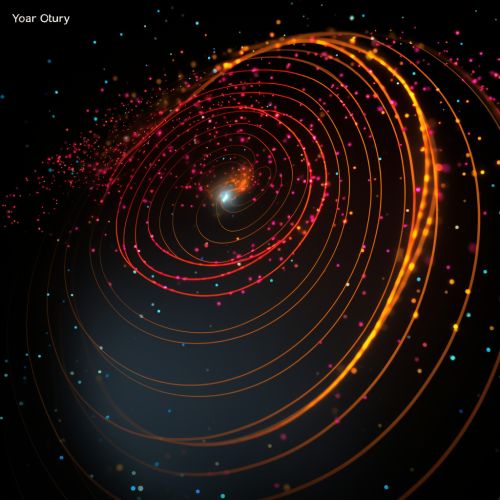
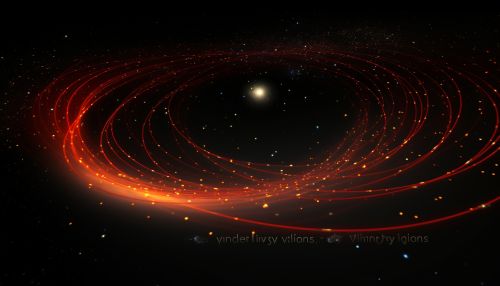
Gravitational Lensing
Another strong piece of evidence for dark matter comes from the phenomenon of gravitational lensing, the bending of light around massive objects. The amount of lensing can be used to infer the mass of the object causing the lensing. In many cases, the inferred mass from lensing significantly exceeds the visible mass, indicating the presence of dark matter.
Cosmic Microwave Background
The Cosmic Microwave Background (CMB) provides further evidence for dark matter. The CMB is the afterglow of the Big Bang and contains tiny temperature fluctuations. These fluctuations can be used to measure the relative amounts of normal matter, dark matter, and dark energy in the universe. The measurements are consistent with the existence of dark matter.
Nature of Dark Matter
Despite the strong observational evidence for dark matter, its exact nature remains unknown. It is not composed of baryonic matter, the type of matter that makes up stars, planets, and humans. Instead, it is thought to be composed of one or more types of subatomic particles, yet undiscovered.
Cold Dark Matter
One leading hypothesis is that dark matter is composed of Cold Dark Matter (CDM), hypothetical particles that move slowly compared to the speed of light, and interact weakly with electromagnetic radiation. The most popular candidate for CDM is the Weakly Interacting Massive Particles (WIMPs).
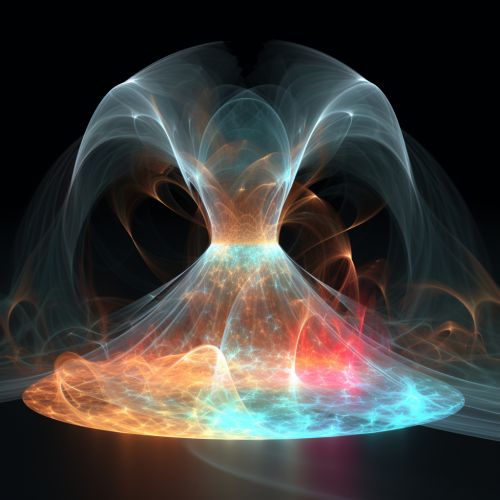
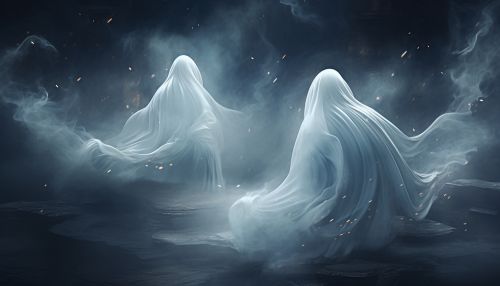
Hot Dark Matter
Another hypothesis is that dark matter is composed of Hot Dark Matter (HDM), hypothetical particles that move close to the speed of light and interact very weakly with electromagnetic radiation. The most popular candidate for HDM is the neutrino.
Searches for Dark Matter
Several experimental searches for dark matter are currently underway. These include direct detection experiments, which aim to observe the rare interactions between dark matter particles and ordinary matter, and indirect detection experiments, which seek to detect the products of dark matter annihilations or decays.
Implications for Cosmology
The existence of dark matter has profound implications for cosmology and our understanding of the universe. It plays a crucial role in the formation and evolution of galaxies and in the large-scale structure of the universe. It also has implications for the ultimate fate of the universe.
See Also
Dark Energy Big Bang Galaxy Formation and Evolution
